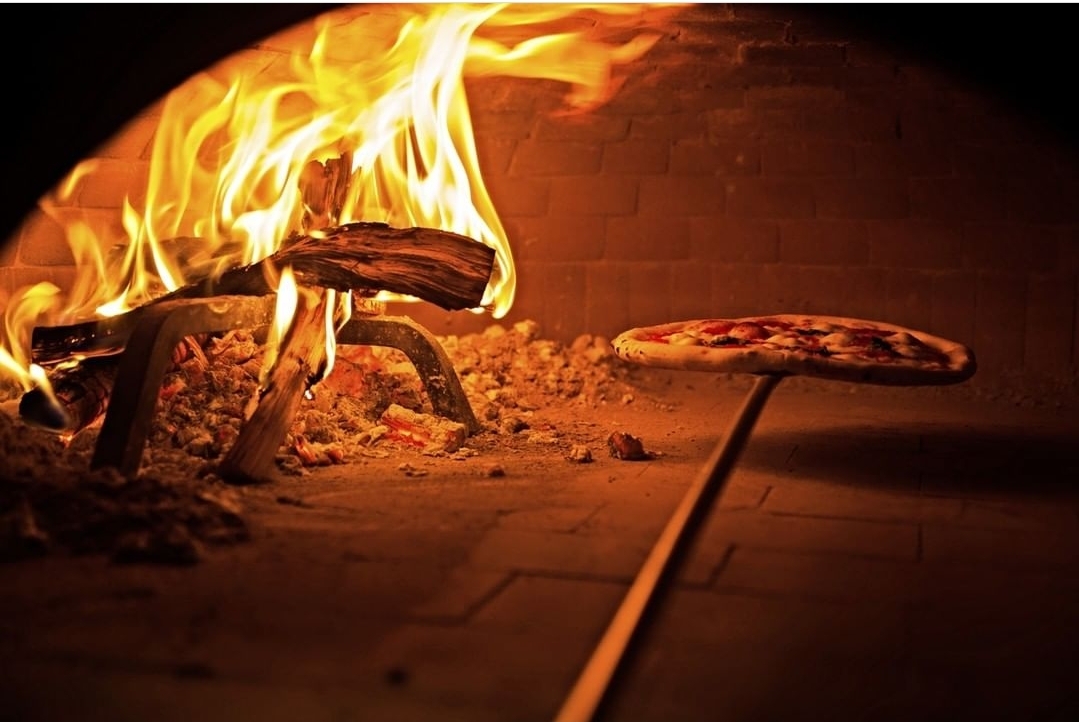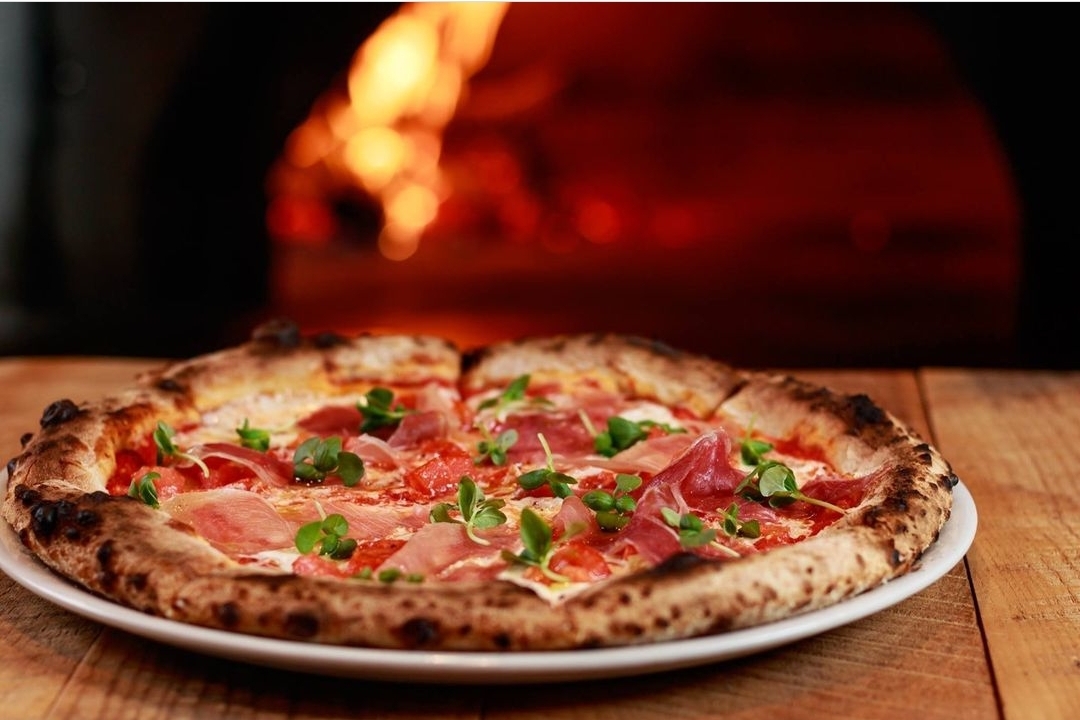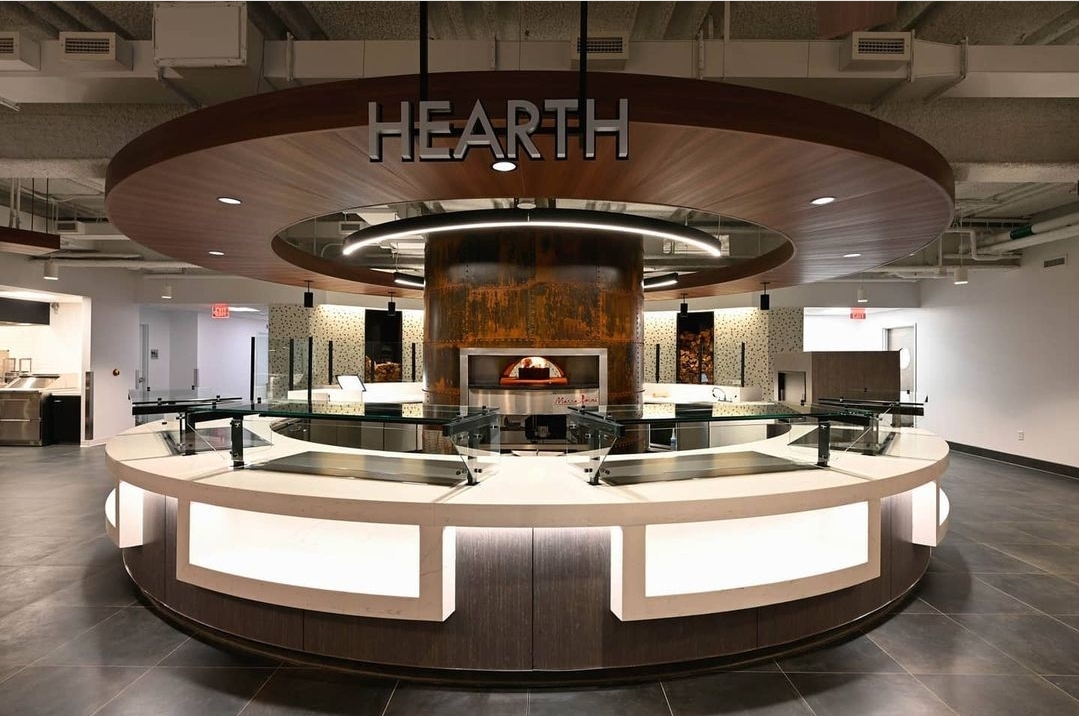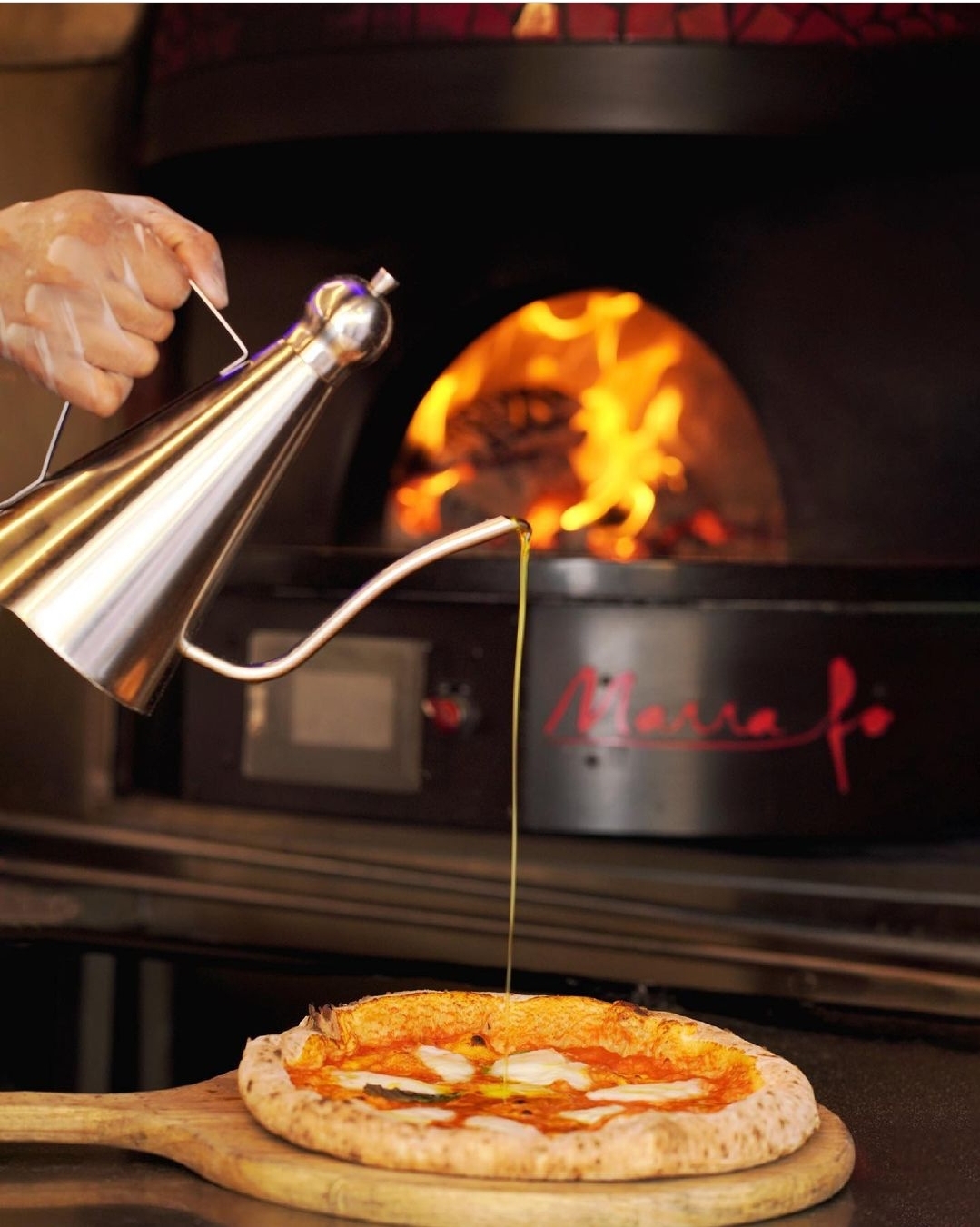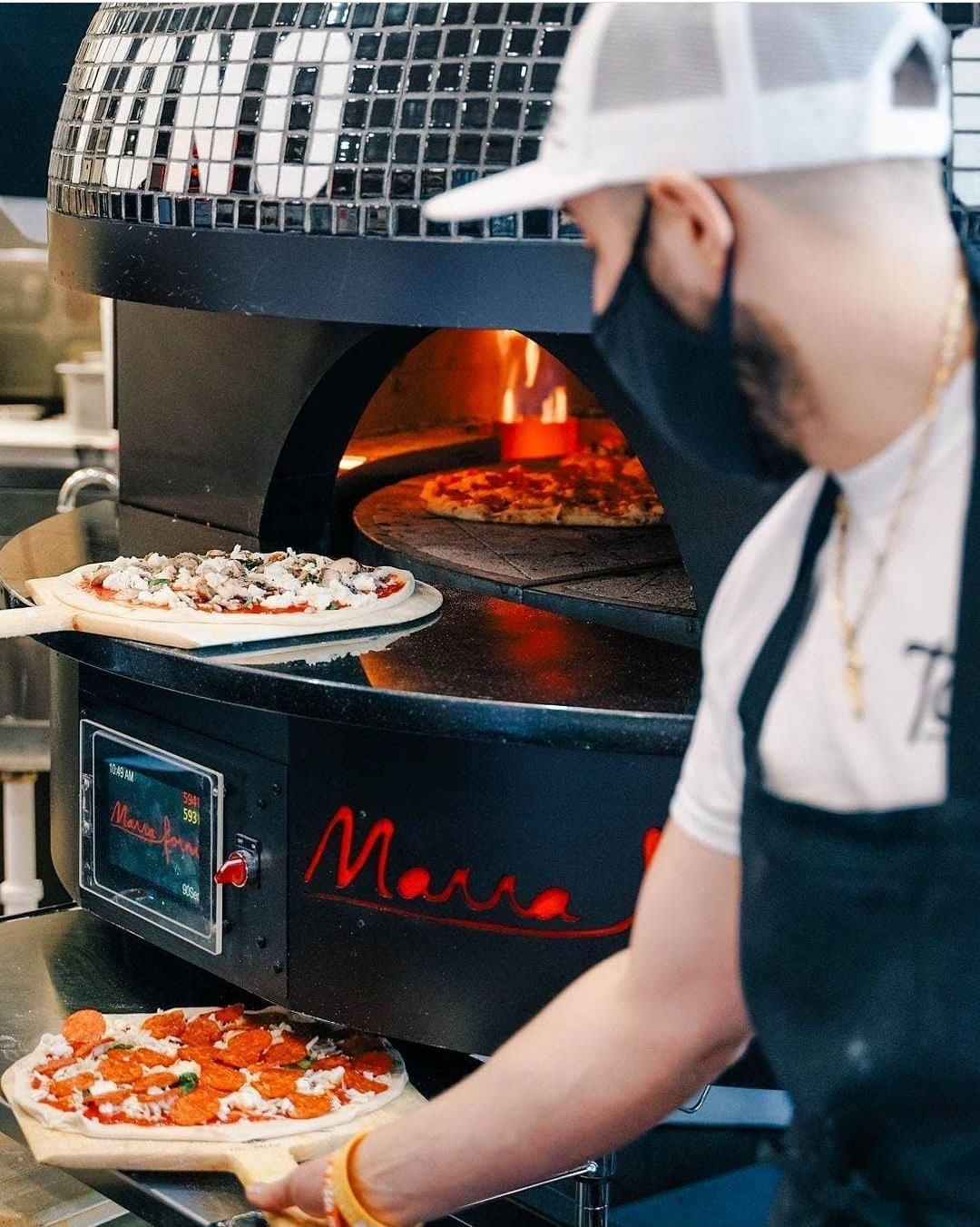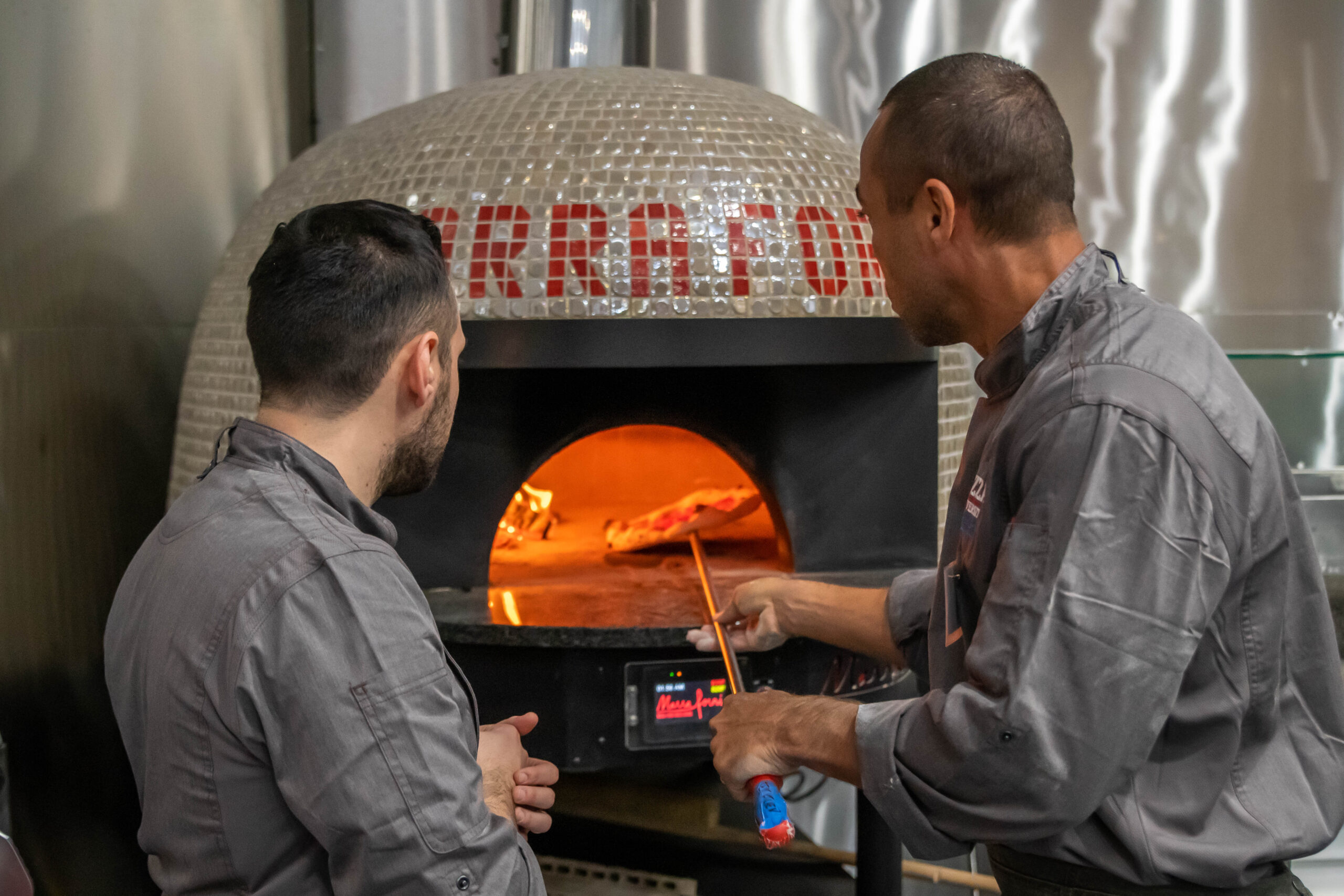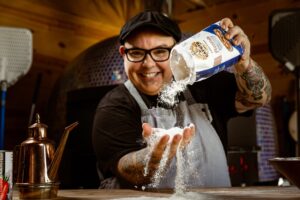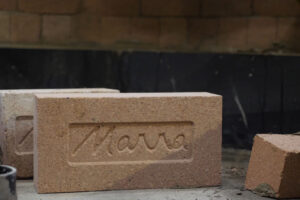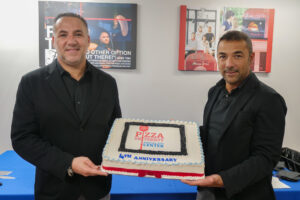All You Need to Know about the Future of Commercial Pizza Ovens
As the pizza industry continues to thrive, we are constantly being asked about the pros and cons of wood-burning ovens. There are many misconceptions about how they are used, the best ways to operate them, and the results that they yield. In our pizza-making certification classes, maintaining an even temperature in a wood-burning oven is one of the areas that we dedicate the most attention to as it plays an important role in getting a consistent final product. This skill comes with time, patience, and practice and is one that you will need to acquire if you plan on using a wood-burning oven in your business. The old-world charm and aesthetic appeal of a wood-burning oven is by far their biggest selling feature. The ancient Neapolitan tradition of making authentic pizza, after all, is traditionally done in a wood-burning oven. According to our resident instructor, Chef Felice Colucci, however, wood-burning ovens are not the ovens of the future. He says, “at Marra Forni, there is a big trend going towards gas ovens which will make up the biggest segment of professional pizza ovens in the US”. The State of California has already passed legislation that mandates the transition that cars must make from gas to electric. The state is also promoting all electric new constructions and is expected to eventually place the same requirements on restaurant equipment as well.
Some people say that the pizza and other items made in a wood-burning oven have a smoked flavor, but this is usually not the case. If you use an 800F degree oven, says Felice, the smoke never touches the deck or affects the pizza because the smoke attaches to the dome and then is wafted out of the oven. When the smoke releases into the air in a restaurant, you smell it and mentally associate it with the flavors of wood-burning pizza. Actually, if you make it in an electric oven, it should taste exactly the same. Unless you purposely add a smoke flavor to it, Felice confirms, “it should be the same.” A smoker, on the other hand, is built differently. They cook at very low temperatures which creates a lot of smoke. The smoke passes through the food that it is cooking – it is trapped instead of being released out like it is in a wood-burning oven.
The future of commercial ovens is electric. This may surprise a lot of people since gas is the current trend making up 80% of what is being used in the US. Right now, only 10% of the market is electric, but it will change, especially as states across the country are searching for ways to promote clean-energy fuel. Even though we love working with and passing down the traditional knowledge of making pizza in a wood-burning oven, they are not for everyone or every business. The VPN has even approved various styles of gas and electric ovens in their strict Neapolitan pizza-making standards for this reason. Eventually, wood-burning ovens will only be used commercially in Italy. Those who currently use a wood-burning oven know that in order to have success with one, the first priority is to find, hire, and train people who know how to operate one. This requires a great deal of time and money. Labor costs are more because it is a special skill. There is a big learning curve for many as they attempt to keep the oven temperature equal. For someone working in a pizzeria with a wood-burning oven, this is an ongoing task throughout service that requires immense focus and dedication for the pizzas to be cooked properly and consistently.
We often get asked which kind of wood to use with a wood-burning oven. Contrary to popular belief, you can’t use just any kind – oak, beech, are good. Oily woods, such as those from olive branches, will ruin the oven.
Here are some additional tips when choosing wood:
- Wood must be dry. When it is humid, it does not light easily – it makes an initial flame, and then it goes out and turns into charcoal.
- When wood arrives on the palette – you have to unload it and store it in the restaurant – labor and storage space. This is work that no one in restaurants wants to do, making it an extra burden on employees.
- Wood is dirty, so you have to spend more time cleaning. Insects and animals are attracted to it, and roaches and mice can become a problem if it is not handled properly.
- In some states, wood is extremely expensive. For example, wood costs double in Florida what it does in Vermont.
In order to keep the oven temperature as even as possible in a wood-burning oven, here are some suggestions:
- You can use the thermometer to check the temperature, but a person needs the experience to be able to add the wood in a way that the temperature of the deck is always consistent.
- It is important to know how to place a piece of wood laying horizontally in order to heat the deck or position it standing upright in order to make more heat the entire oven.
- If you make a lot of charcoal in the oven, the deck becomes extremely hot, so you have to remove the ash as you heat it up in order not to clog the airflow.
- The air can become trapped inside, so the ashes need to be cleaned and minimized. Depending on how much the oven works, you have to remove the ashes and clean the oven every few days.
These are things that make it more difficult and expensive to use. If you want to have a wood-burning oven, the best advice we can give is to look for an oven that already offers good heat retention). It is important to choose an oven with good insulation, whether you are choosing wood-burning or gas ovens. Remember to make time to practice and learn how to use the wood-burning oven properly before integrating it into your business. In terms of recipes, you have to have the same types of hydration ratios regardless of the kind of oven you choose. Keep in mind that when you use the wood-burning oven, you need to make sure that you clean the chimney at least every 2-3 months because there is a buildup in the chimney, or it will catch fire.
Choosing the right oven for your business depends on many factors. Our classes and private instruction services enable you to work with various types so that you can try them out before making a decision on which one to buy while giving you the skills needed to operate them. To learn more about the ovens that we use, click here.
